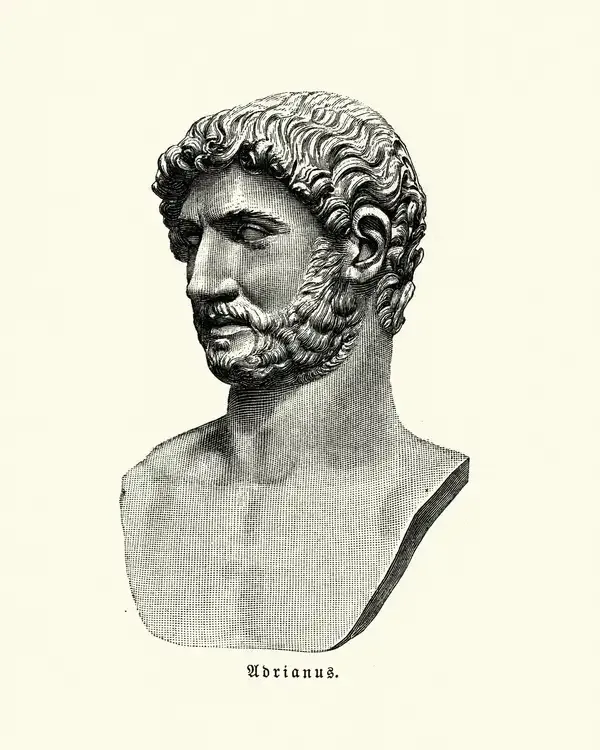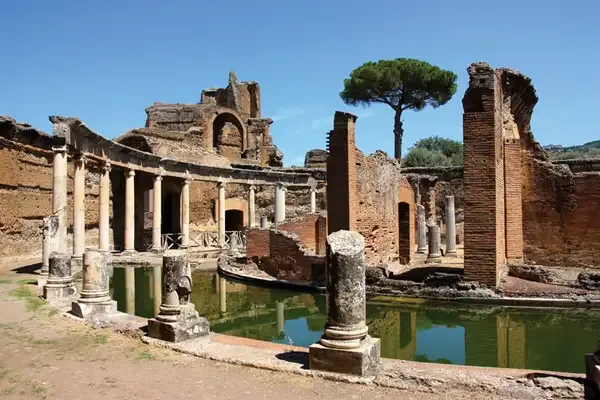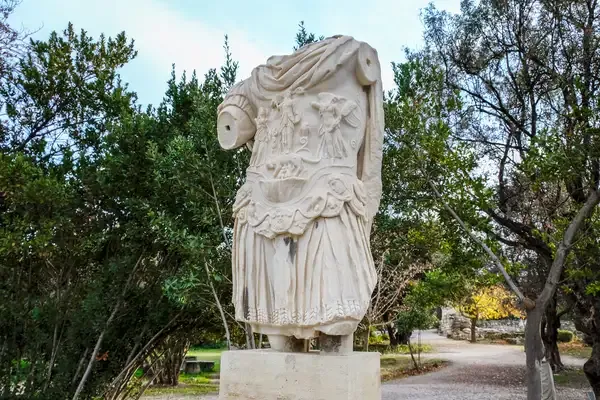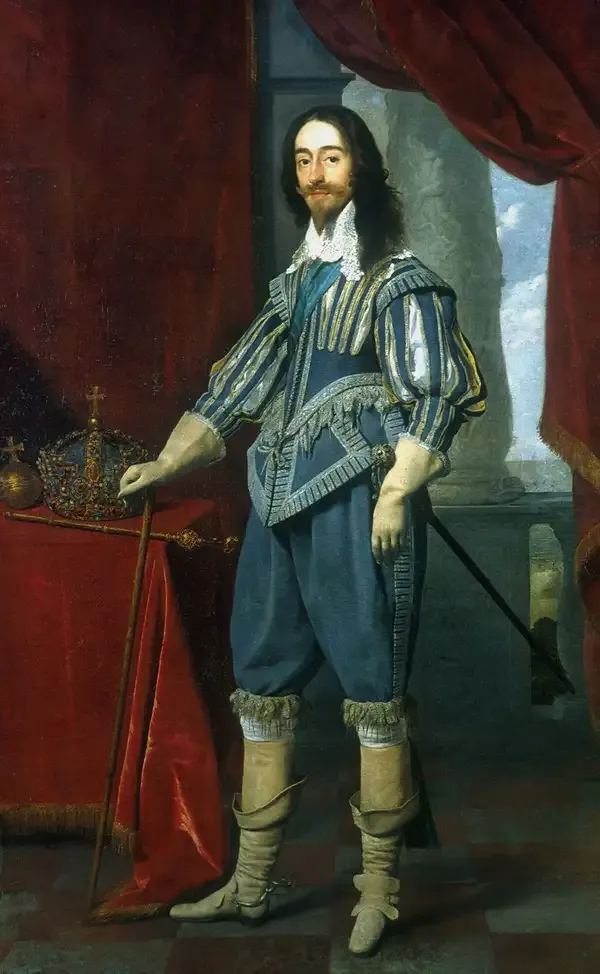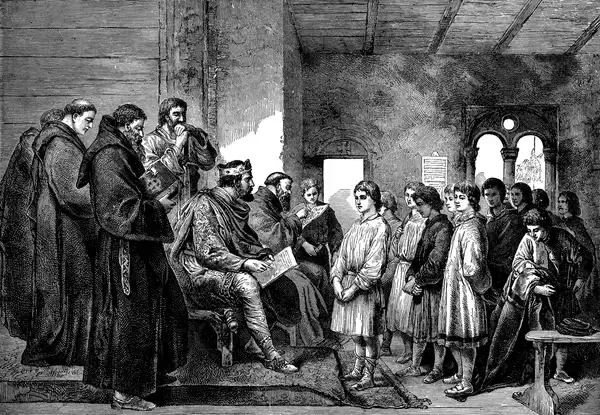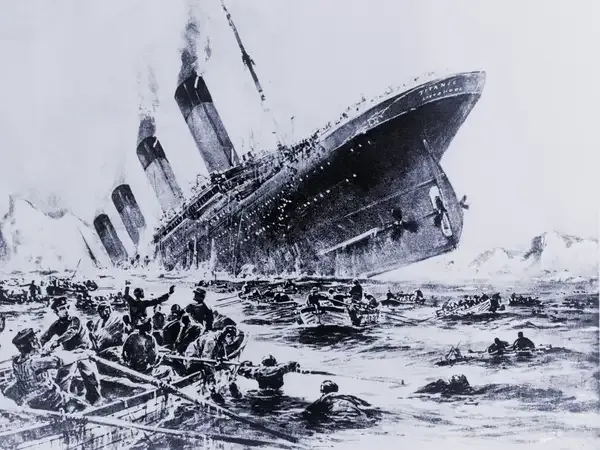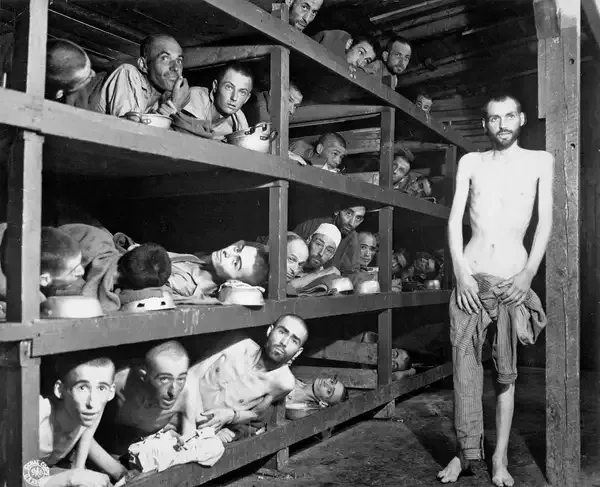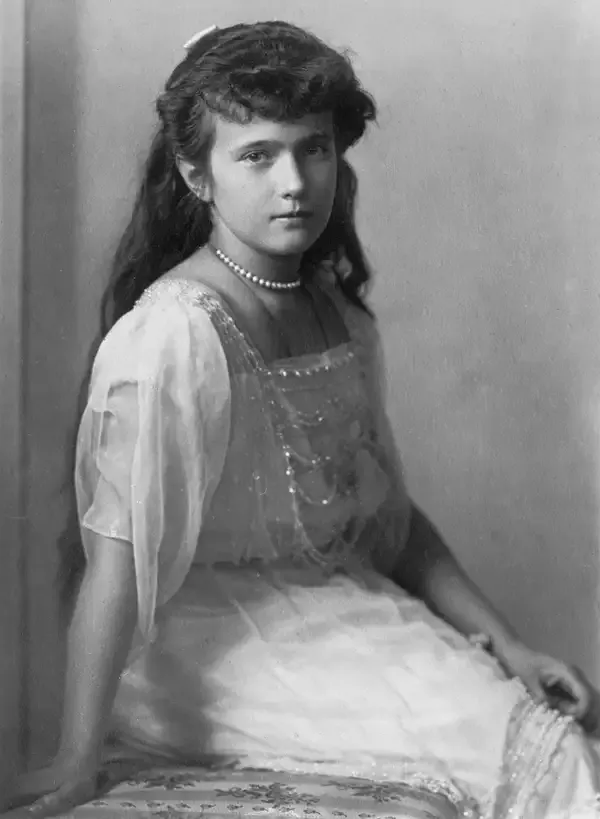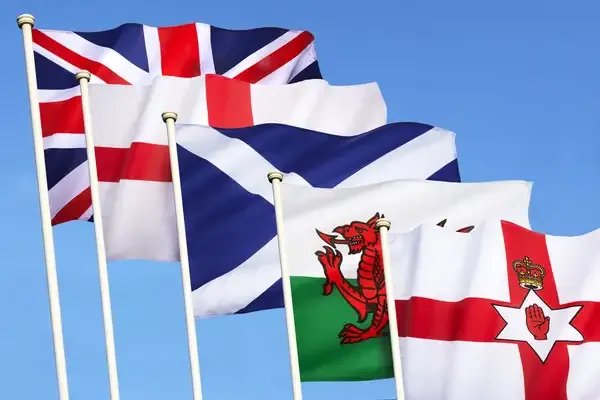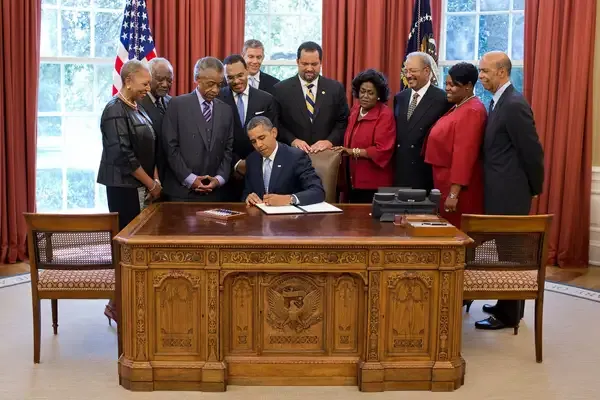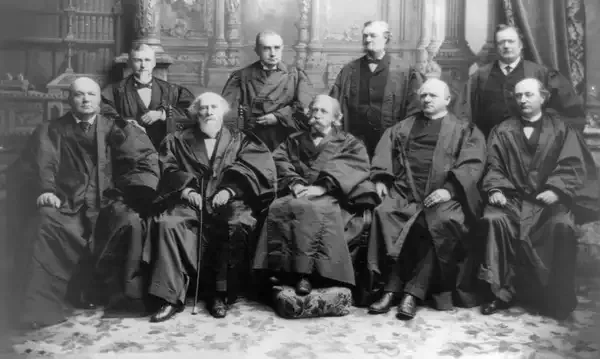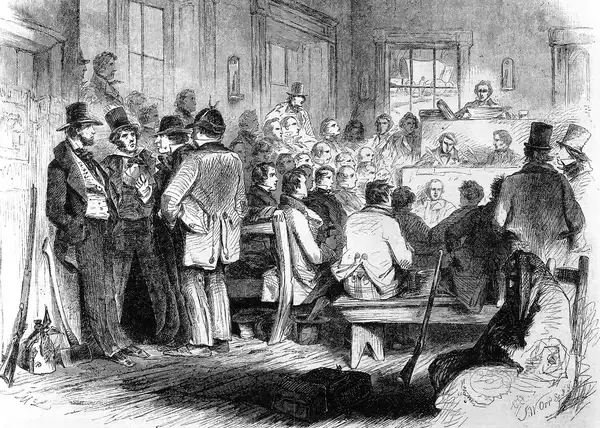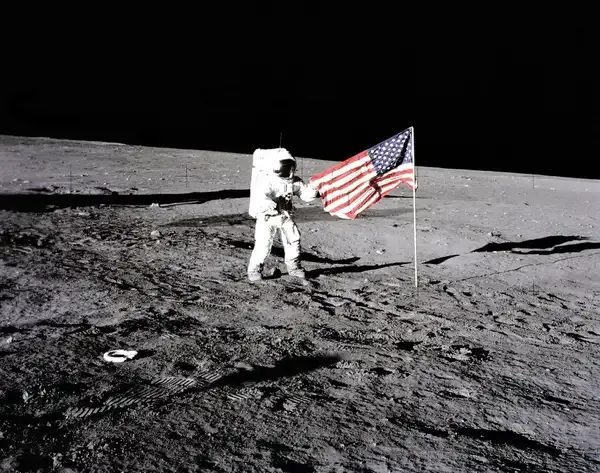What was Hadrian’s relationship with his Jewish subjects?
Hadrian's relationship with his Jewish subjects was fraught with tension and conflict. Initially, he appeared to attempt reconciliation, allowing the Jews some autonomy. However, his decision to rebuild Jerusalem as a Roman city and his prohibition of certain Jewish practices led to unrest. This culminated in the Bar Kokhba Revolt (132-135 CE), a significant Jewish uprising against his rule. Hadrian's harsh suppression of the revolt, including the banishment of Jews from Jerusalem, left a lasting impact on Jewish-Roman relations.
What was Hadrian’s architectural legacy?
Hadrian’s architectural legacy is marked by his innovative and grand constructions that blended Roman and Greek influences. He commissioned iconic structures like the Pantheon in Rome, renowned for its massive dome and oculus. Hadrian also built his villa at Tivoli, a sprawling complex showcasing diverse architectural styles and innovations. His construction of Hadrian's Wall in Britain demonstrated his commitment to consolidating the Roman Empire's borders. These contributions reflect Hadrian's vision of architectural splendor and functional design.
How did Greek culture influence Hadrian?
Hadrian, the Roman Emperor from 117 to 138 AD, was deeply influenced by Greek culture, which is evident in his admiration for Greek art, philosophy, and architecture. He was known for his extensive travels throughout the Greek world, revitalizing Athens as a cultural hub and commissioning the construction of the Temple of Olympian Zeus. Hadrian's passion for Greek culture also extended to his personal life, as seen in his relationship with Antinous and his adoption of Greek customs and language, which left a lasting impact on Roman society.
Why Is Charles I Buried with Henry VIII and Jane Seymour?
Charles I is buried with Henry VIII and Jane Seymour at St. George's Chapel in Windsor Castle due to a combination of practicality and historical circumstances. After Charles I's execution in 1649, his supporters wanted a dignified burial, and St. George's Chapel was chosen for its royal significance. The chapel already housed Henry VIII and Jane Seymour. The burial was conducted discreetly to avoid political tensions, ultimately resulting in these historical figures sharing a final resting place.
What was the importance of literacy and learning to Alfred’s rule?
During Alfred's rule, literacy and learning were crucial for unifying his kingdom and strengthening governance. By promoting education, Alfred aimed to equip his officials with the skills necessary for effective administration and law-making. He believed that understanding Latin and English texts would help in preserving cultural heritage and religious knowledge. Alfred's initiatives in translating important works into English helped foster a sense of shared identity and intellectual growth, laying the foundation for future advancements in English society.
Did Anyone Really Think the Titanic was Unsinkable?
The belief that the Titanic was unsinkable is largely a myth that has been exaggerated over time. While some promotional materials and individuals suggested it was exceptionally safe, the idea of it being truly unsinkable was not universally held before its maiden voyage. Shipbuilders and the White Star Line prioritized safety features, but the notion of complete invincibility was not a widespread claim prior to the tragic sinking, which later amplified the lore surrounding the ship's supposed invulnerability.
Did Joseph McCarthy cause the Red Scare of the 1950s?
Joseph McCarthy significantly fueled the Red Scare of the 1950s through his aggressive anti-communist investigations and rhetoric. As a U.S. senator, he claimed that numerous communists and Soviet spies had infiltrated the U.S. government, exacerbating public fears. His sensational accusations, often lacking evidence, led to widespread paranoia and a culture of suspicion, contributing to the era's intense anti-communist sentiment. While not the sole cause, McCarthy's actions were pivotal in heightening the period's hysteria.
What Is the Origin of the Term Holocaust?
The term "Holocaust" originates from the Greek word "holokauston," meaning "a sacrifice consumed by fire." Historically, it referred to a burnt offering in religious rites. The word gained its modern association during the mid-20th century, specifically describing the genocide of six million Jews and millions of others by the Nazi regime during World War II. It underscores the systematic, state-sponsored persecution and annihilation, emphasizing the horrific scale and method of destruction akin to a catastrophic inferno.
Why Do Americans Celebrate the Fourth of July with Fireworks?
Americans celebrate the Fourth of July with fireworks to commemorate the adoption of the Declaration of Independence on July 4, 1776. Fireworks symbolize the excitement and triumph of the American Revolution, reflecting the historic fight for freedom and independence from British rule. The tradition dates back to the early celebrations of the Fourth, where fireworks represented a visual expression of national pride and unity. Over time, this vibrant display has become an integral part of the holiday's festivities.
How Secret Is Top Secret?
The term "Top Secret" refers to the highest level of classified information, where unauthorized disclosure could cause exceptionally grave damage to national security. Access to such information is restricted to individuals with the appropriate security clearance and a specific need to know. The handling of Top Secret materials involves stringent security protocols, including secure storage and communication methods. Despite these measures, the classification system faces challenges from leaks and evolving technologies that can compromise information security.
Why Does the New Year Start on January 1?
The New Year begins on January 1 due to the Gregorian calendar, introduced by Pope Gregory XIII in 1582, which reformed the Julian calendar. The choice of January 1 aligns with Roman traditions; it honors Janus, the god of beginnings, whose two faces symbolize looking back at the past year and forward to the new one. This date was solidified as the start of the new year, and its adoption spread globally over time.
Did Duchess Anastasia Survive Her Family’s Execution?
The mystery surrounding Duchess Anastasia's fate has captivated historians and the public for decades. The Romanov family was executed in 1918, but rumors persisted that Anastasia survived. Various women claimed her identity, most famously Anna Anderson. However, DNA testing in the late 20th century confirmed that the remains found in a mass grave belonged to the Romanov family, including Anastasia. Despite this scientific evidence, the legend of her survival continues to intrigue and inspire stories and films.
Acts of Union: Uniting the United Kingdom
The Acts of Union were pivotal legislative measures that unified England, Scotland, Ireland, and Wales into the United Kingdom. The Act of Union 1707 merged England and Scotland, creating Great Britain with one parliament. The Act of Union 1800 incorporated Ireland, resulting in the United Kingdom of Great Britain and Ireland. These acts aimed to strengthen political stability, economic integration, and governance under a single sovereign state, shaping the modern UK and influencing its political and cultural landscape.
Were All Egyptian Pharaohs Buried in Pyramids?
Not all Egyptian pharaohs were buried in pyramids. While the most famous pyramids, like those at Giza, were constructed during the Old Kingdom, later dynasties opted for different burial methods. By the New Kingdom, pharaohs were typically interred in the Valley of the Kings, where tombs were carved into rock cliffs to better protect against grave robbers. This shift reflects changes in religious beliefs, economic factors, and advancements in tomb construction techniques over time.
What Is an Executive Order?
An executive order is a directive issued by the President of the United States that manages operations of the federal government. It is a tool for the President to implement policies, manage federal agencies, or direct certain governmental actions without the need for congressional approval. While executive orders have the force of law, they are subject to judicial review and can be overturned if deemed unconstitutional or overridden by legislation. They are often used to address urgent or administrative matters.
What Is Known (and Not Known) About the Tunguska Event
The Tunguska Event, occurring in 1908 in Siberia, remains a mystery. It is believed to have been caused by the airburst of a small comet or asteroid, which flattened over 2,000 square kilometers of forest. Despite the absence of an impact crater, the explosion released energy equivalent to 10-15 megatons of TNT. Scientists continue to study the event, but the exact nature and composition of the object remain uncertain, leaving some questions unanswered about this extraordinary occurrence.
Why Are There Nine Justices on the U.S. Supreme Court?
The U.S. Supreme Court has nine justices due to historical precedent and practical considerations. Initially, the number was set to match the number of federal judicial circuits, which expanded over time. Congress has the authority to change the number, but it has remained unchanged since 1869. A nine-member court helps ensure a diverse range of opinions, balances workloads, and reduces the likelihood of tie votes, which is crucial for maintaining consistency and stability in legal decisions.
How the Dred Scott Decision Affected the U.S. Election of 1860
The Dred Scott decision intensified national tensions over slavery, influencing the 1860 U.S. presidential election by polarizing voters. It invalidated the Missouri Compromise, inciting Northern outrage and bolstering the Republican Party's anti-slavery platform. The ruling alienated Northern Democrats and deepened sectional divides, contributing to Abraham Lincoln's election. Southern states, fearing the potential loss of slavery, saw Lincoln's victory as a threat, which accelerated the secessionist movement, setting the stage for the Civil War.
How Many People Have Been to the Moon?
As of now, 24 astronauts have traveled to the Moon, all during NASA's Apollo program between 1968 and 1972. Of these, 12 have actually walked on the lunar surface. The first successful manned mission was Apollo 11 in 1969, with Neil Armstrong and Buzz Aldrin becoming the first humans to set foot on the Moon. Subsequent missions, including Apollo 12, 14, 15, 16, and 17, continued to explore the lunar landscape, each bringing back valuable scientific data and samples.
Did George Washington Really Say, “I Can’t Tell a Lie”?
The story of George Washington confessing to cutting down a cherry tree and declaring, "I can't tell a lie," is widely regarded as a myth. This tale was popularized by biographer Mason Locke Weems, who aimed to portray Washington as a paragon of virtue and honesty. Historians agree that there's no evidence to support the authenticity of this anecdote. It serves more as a moral lesson than a factual account of Washington's life and character.

